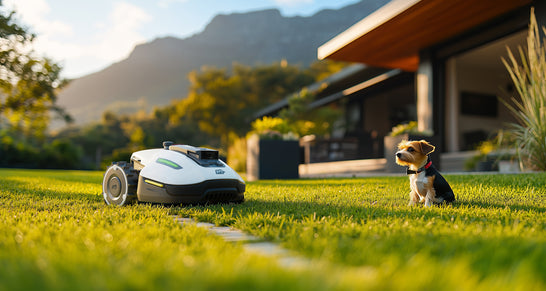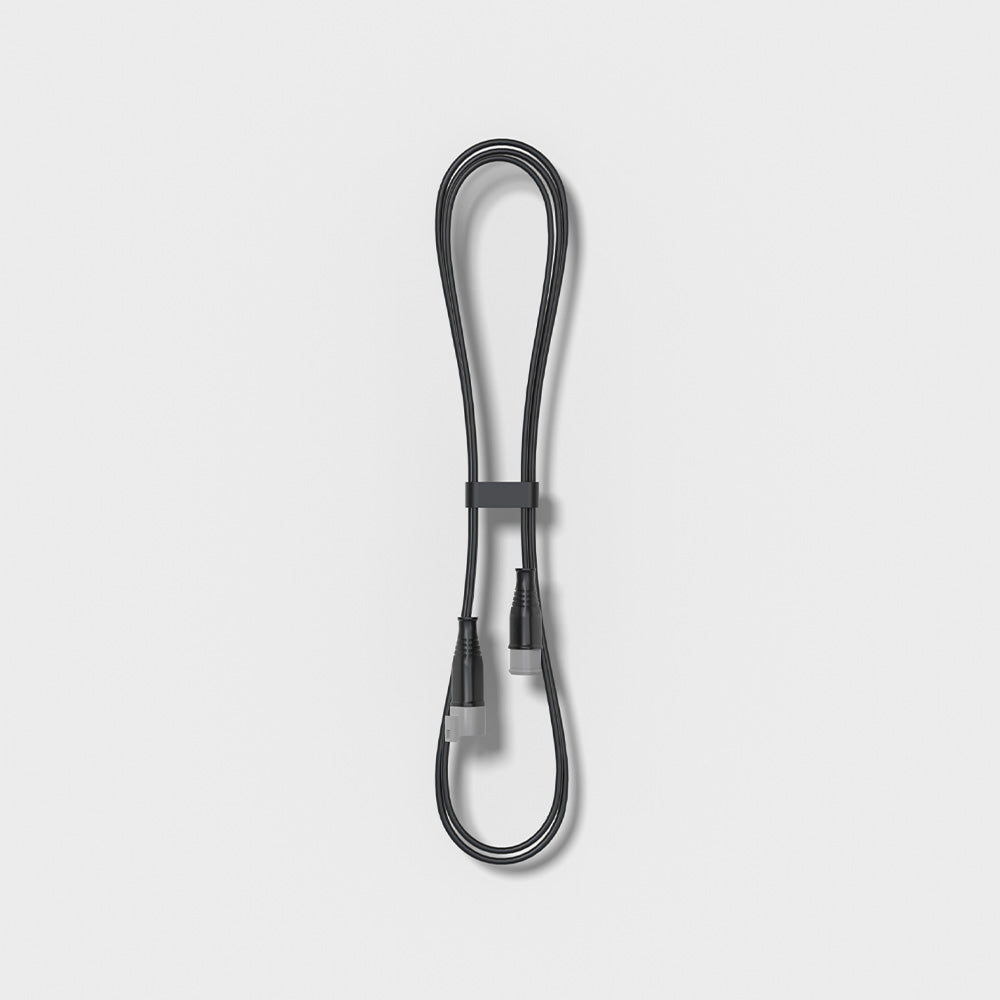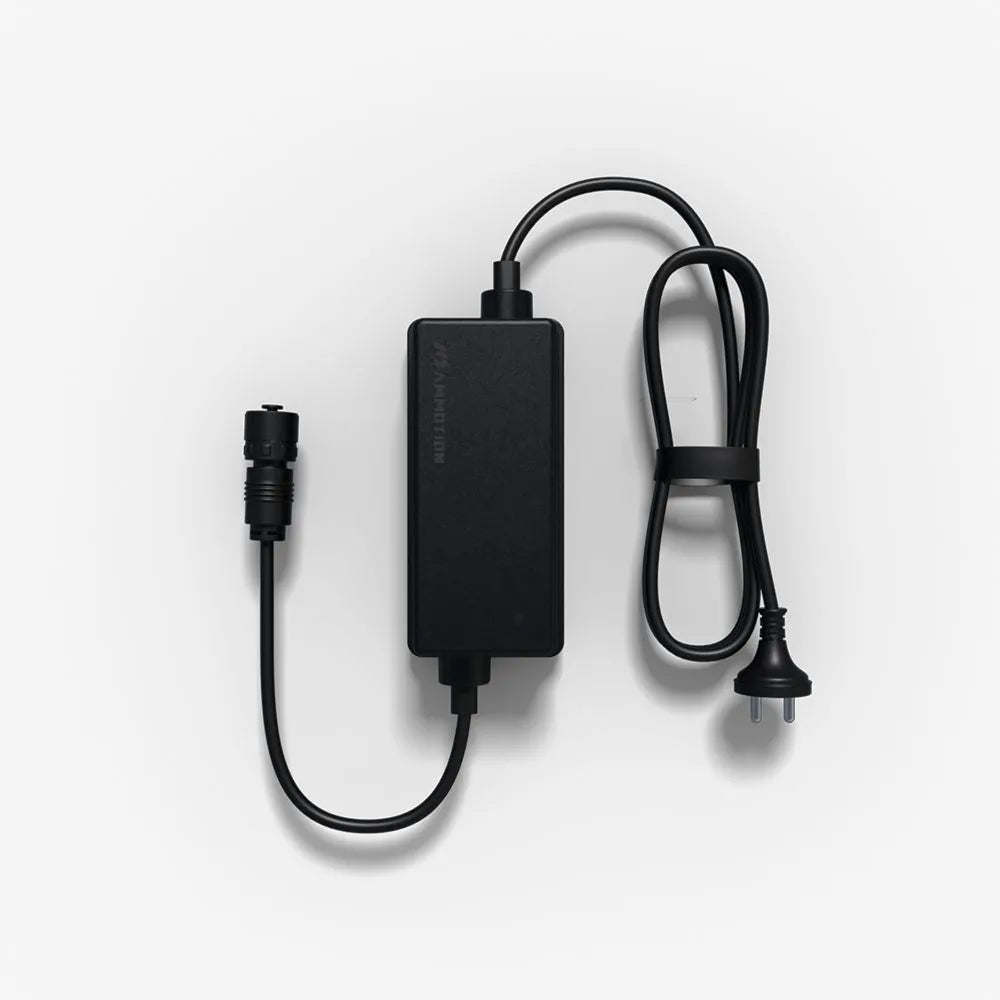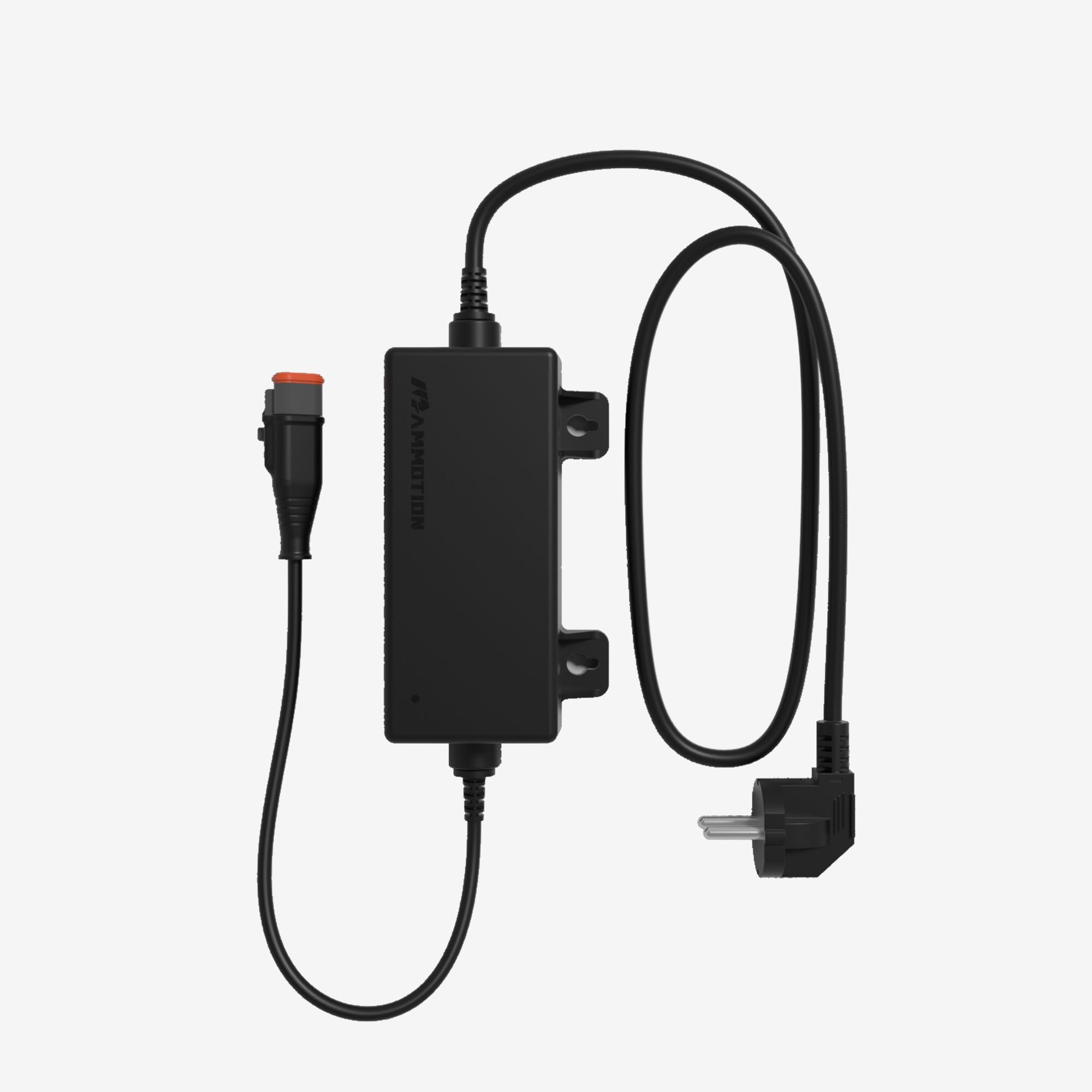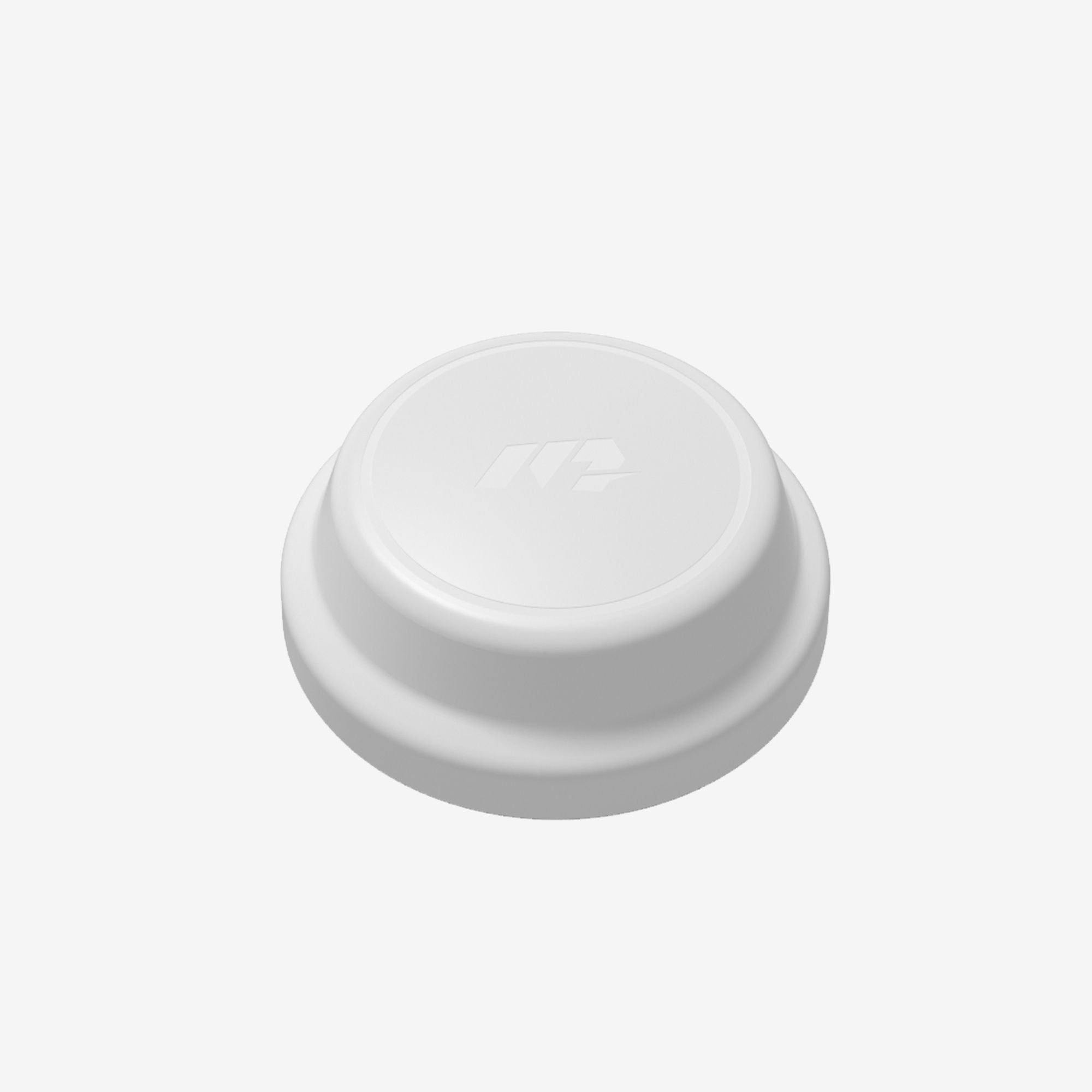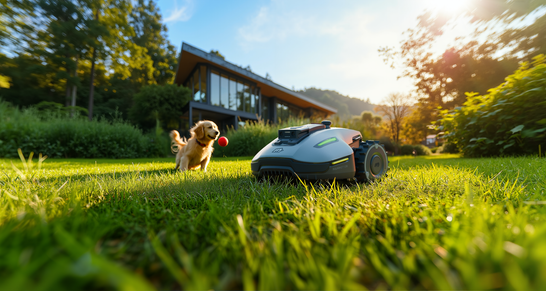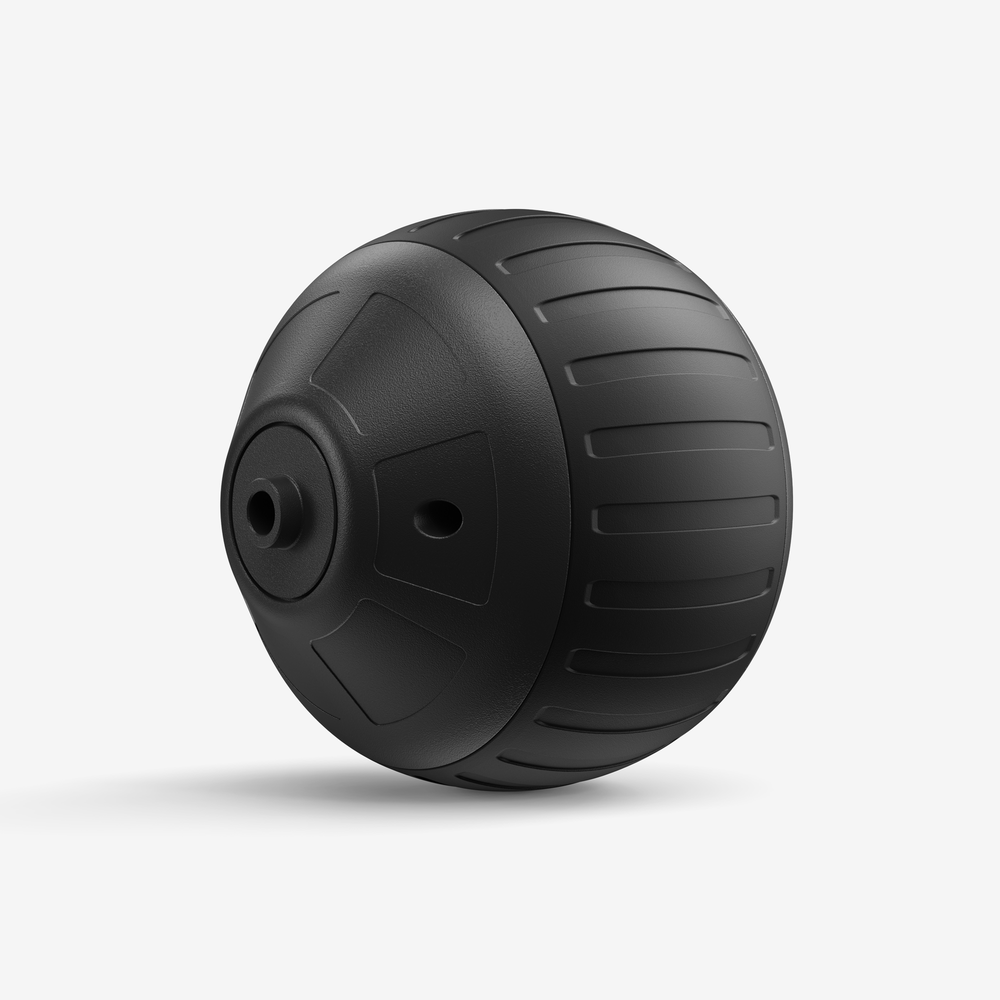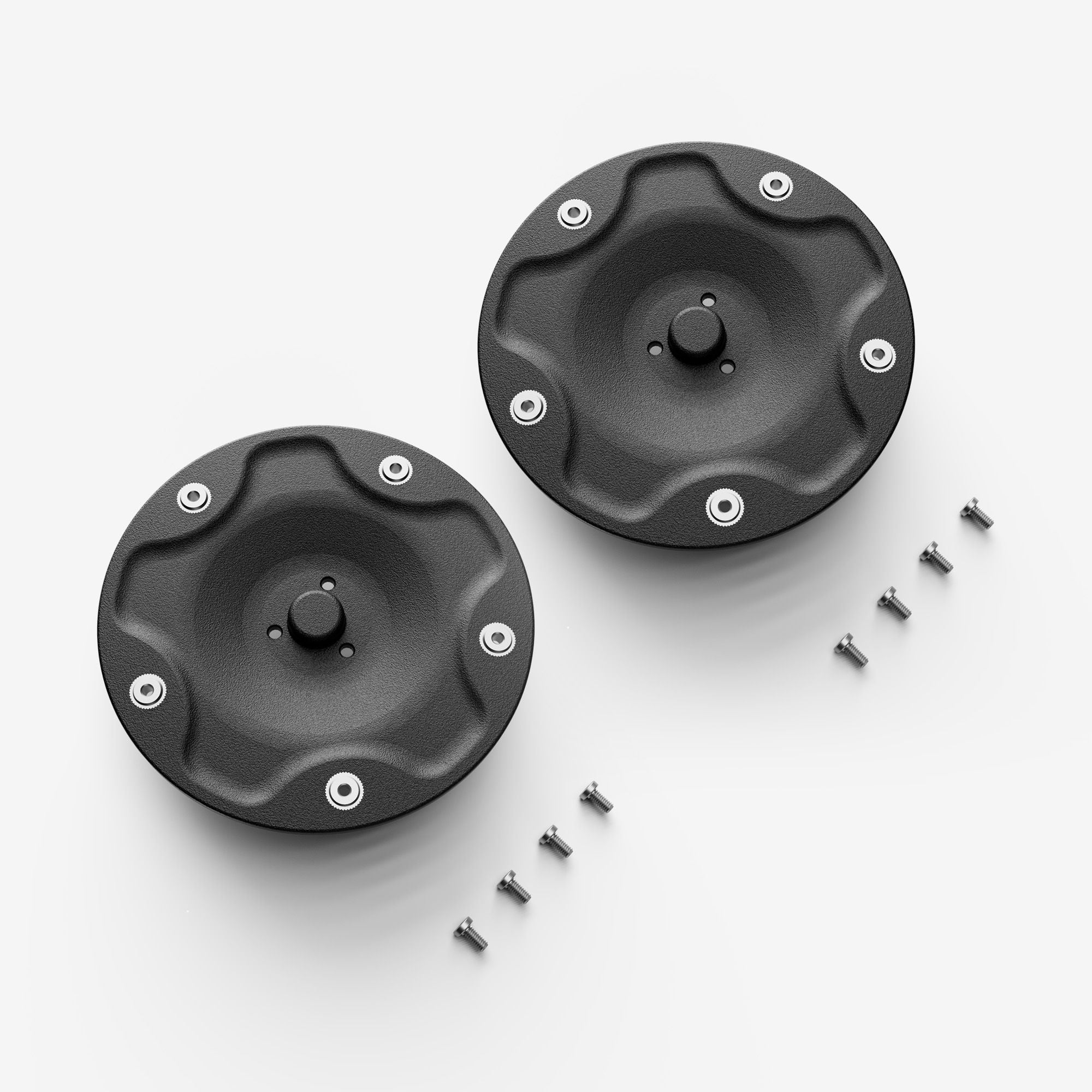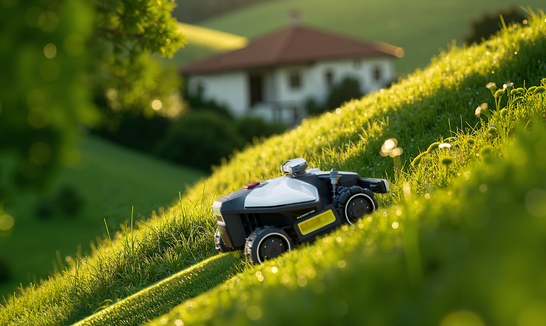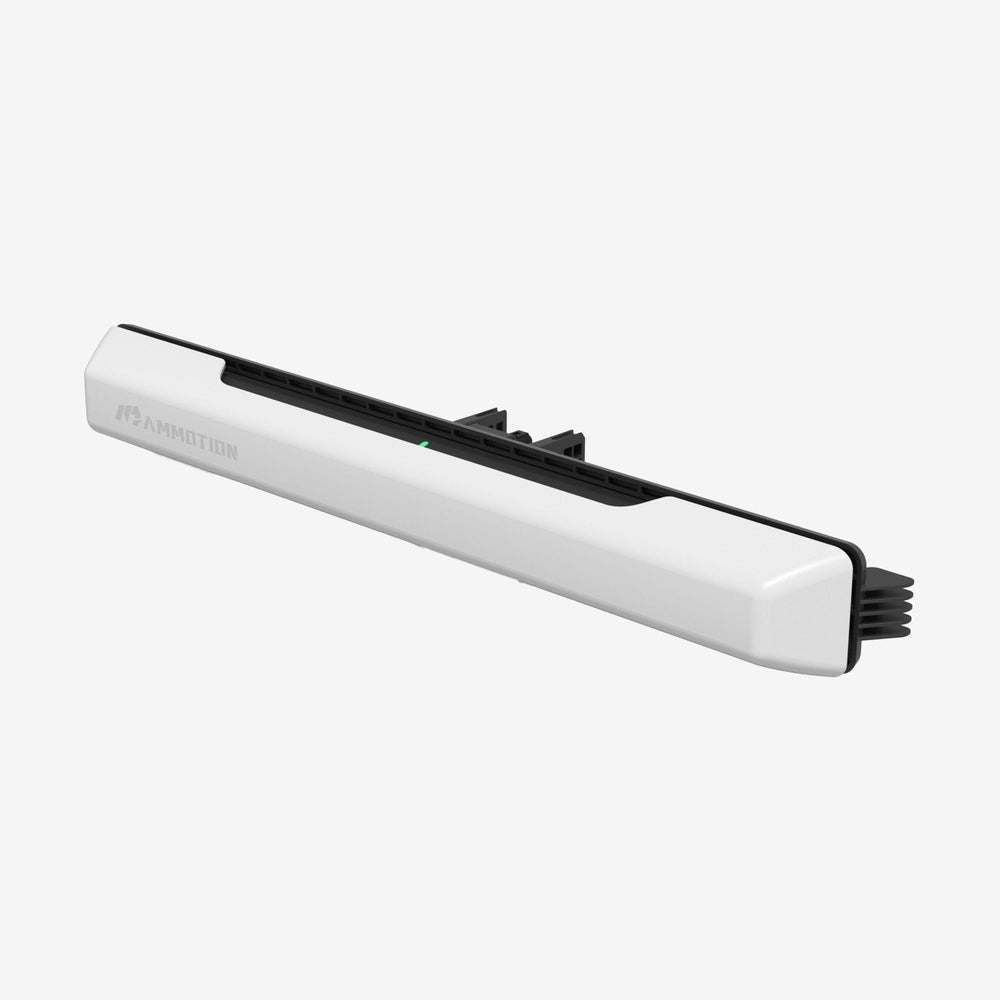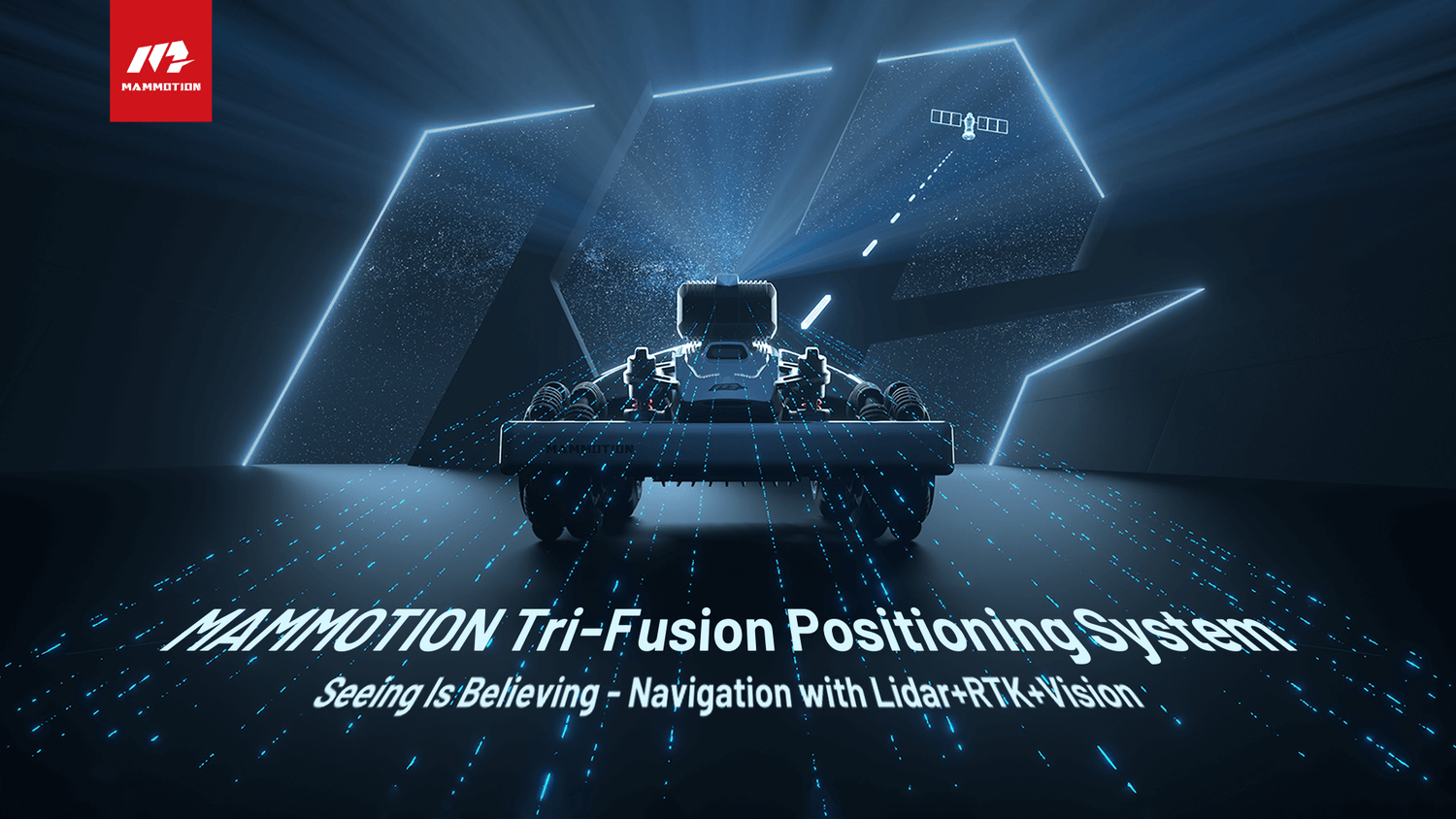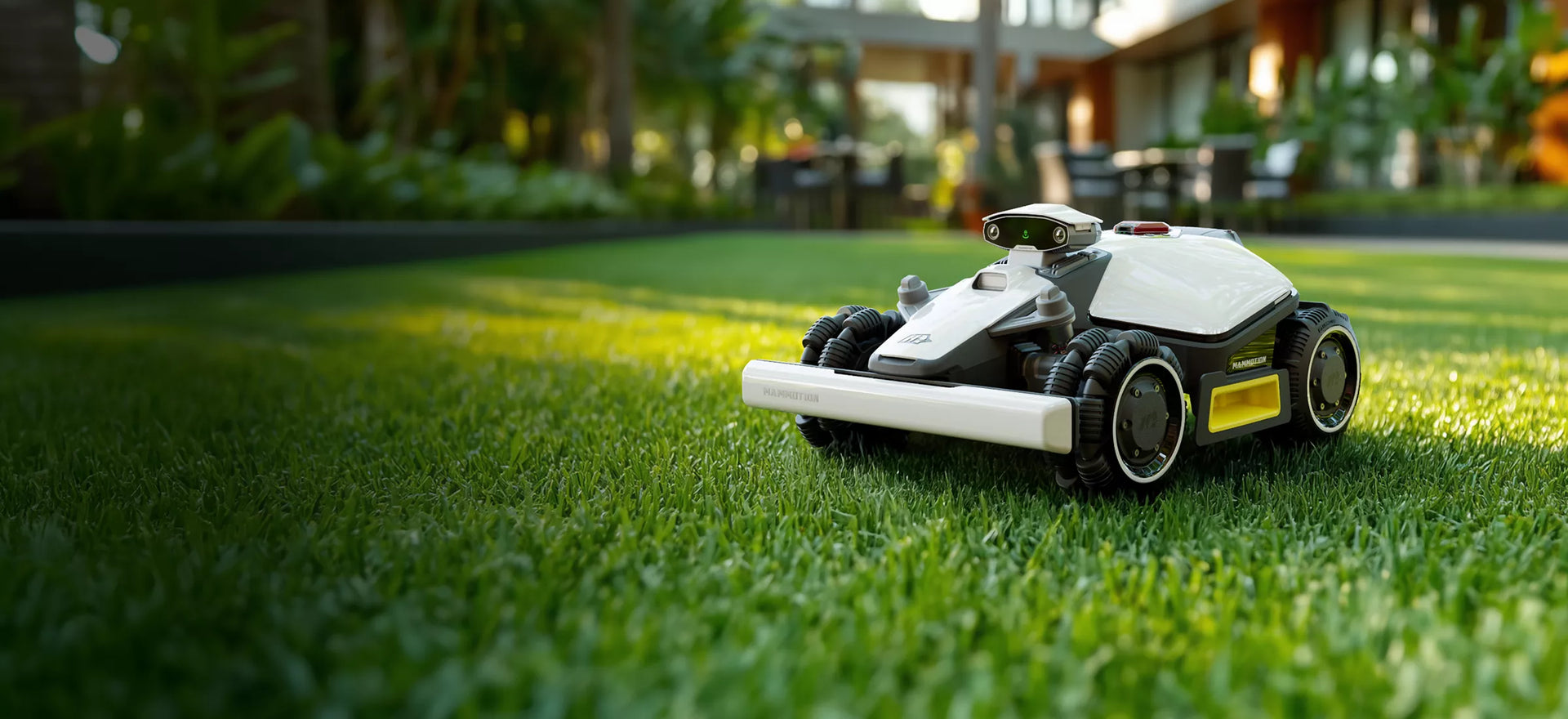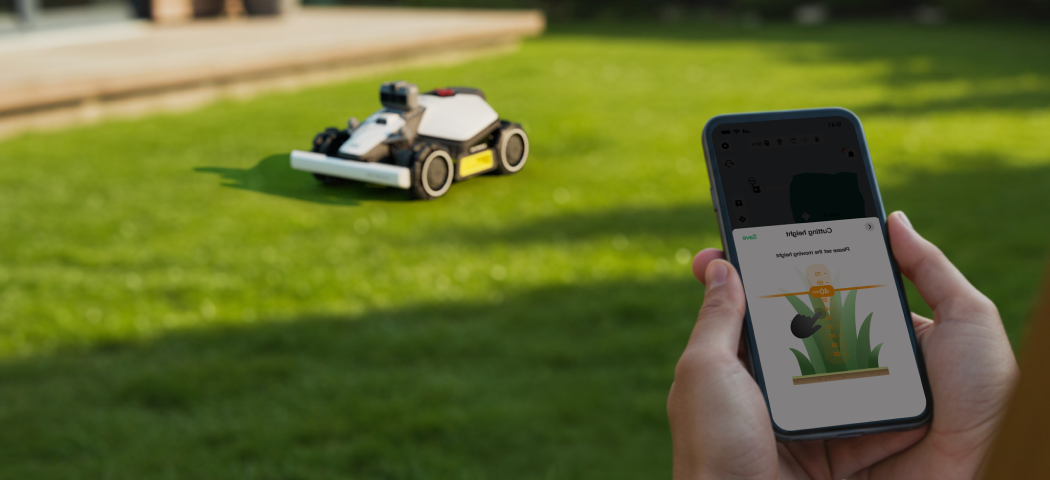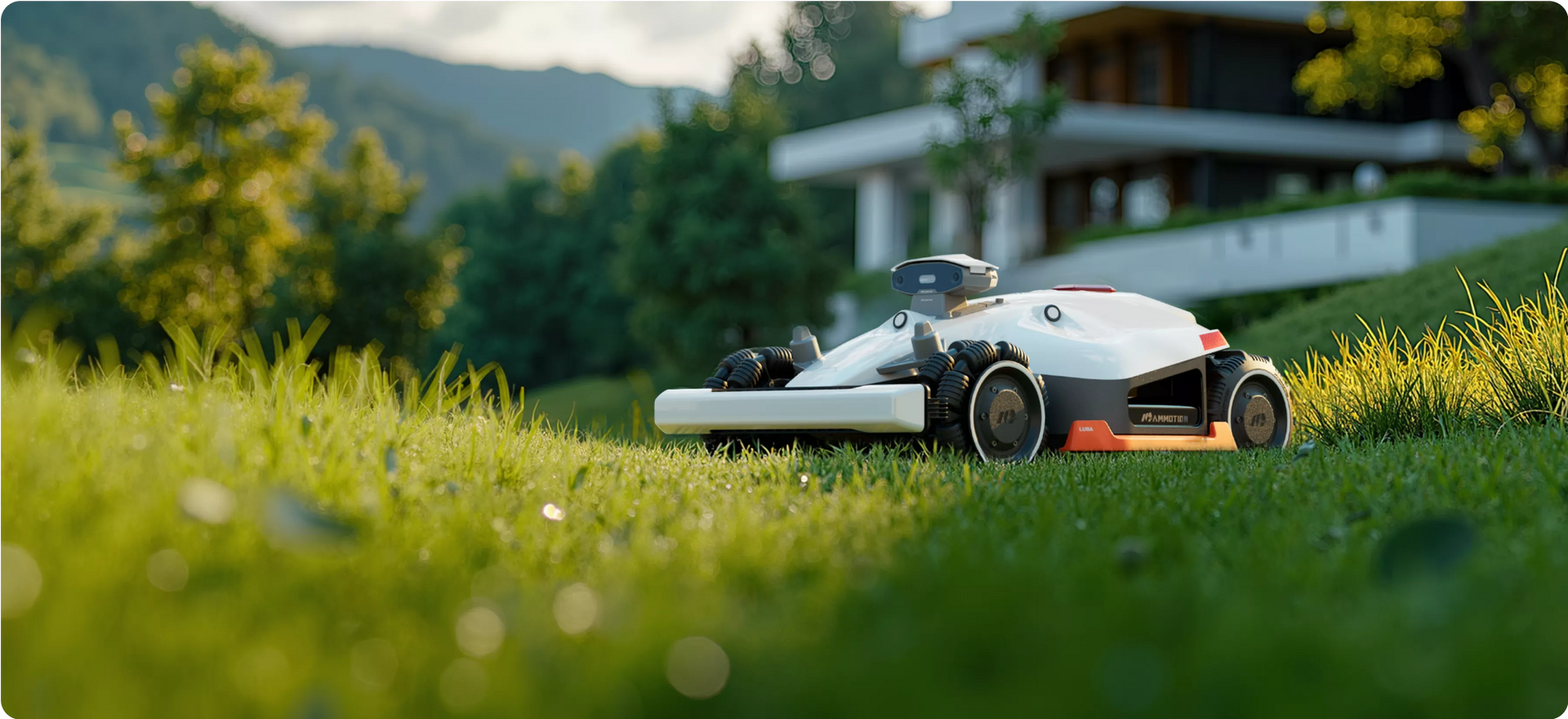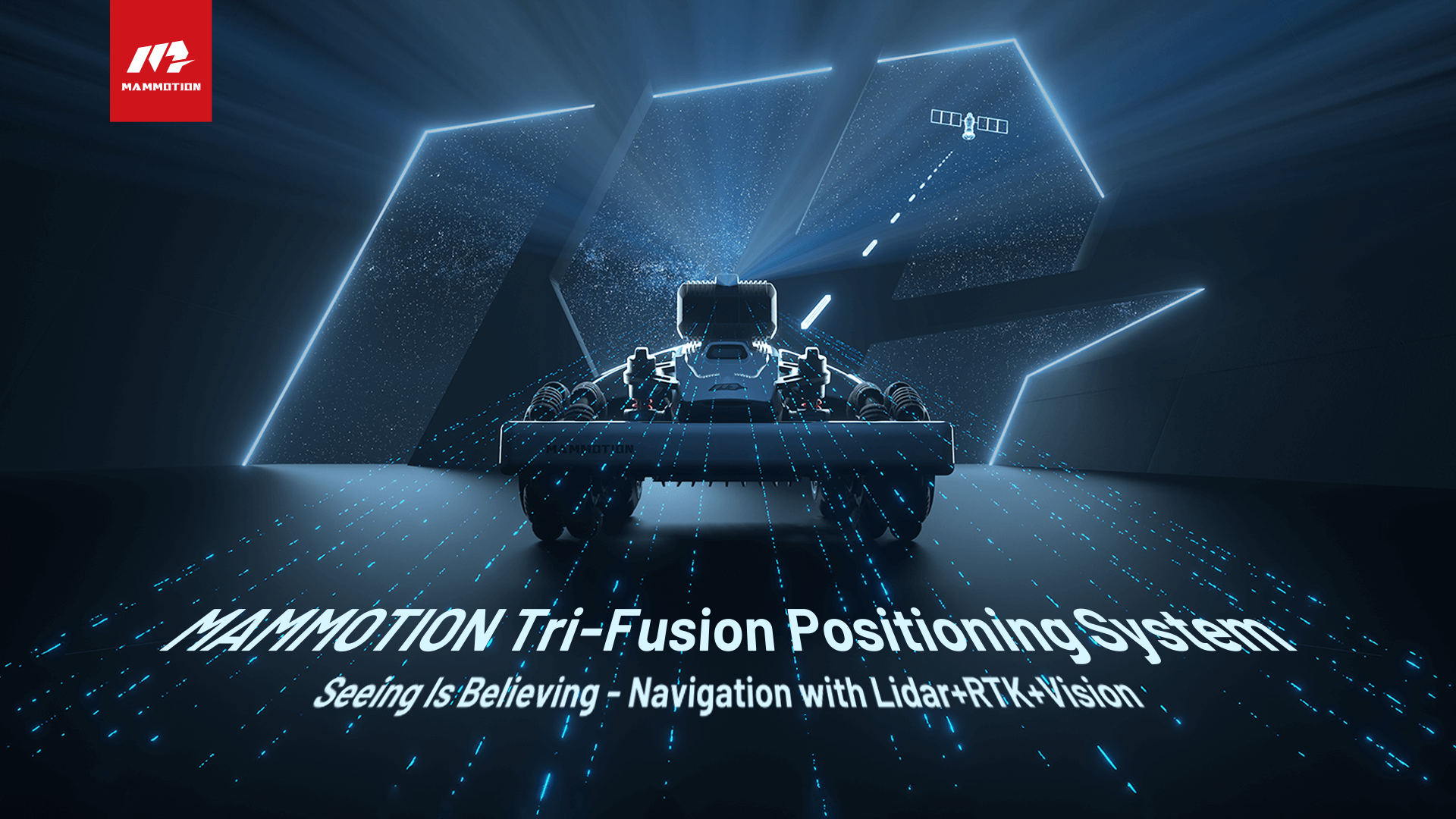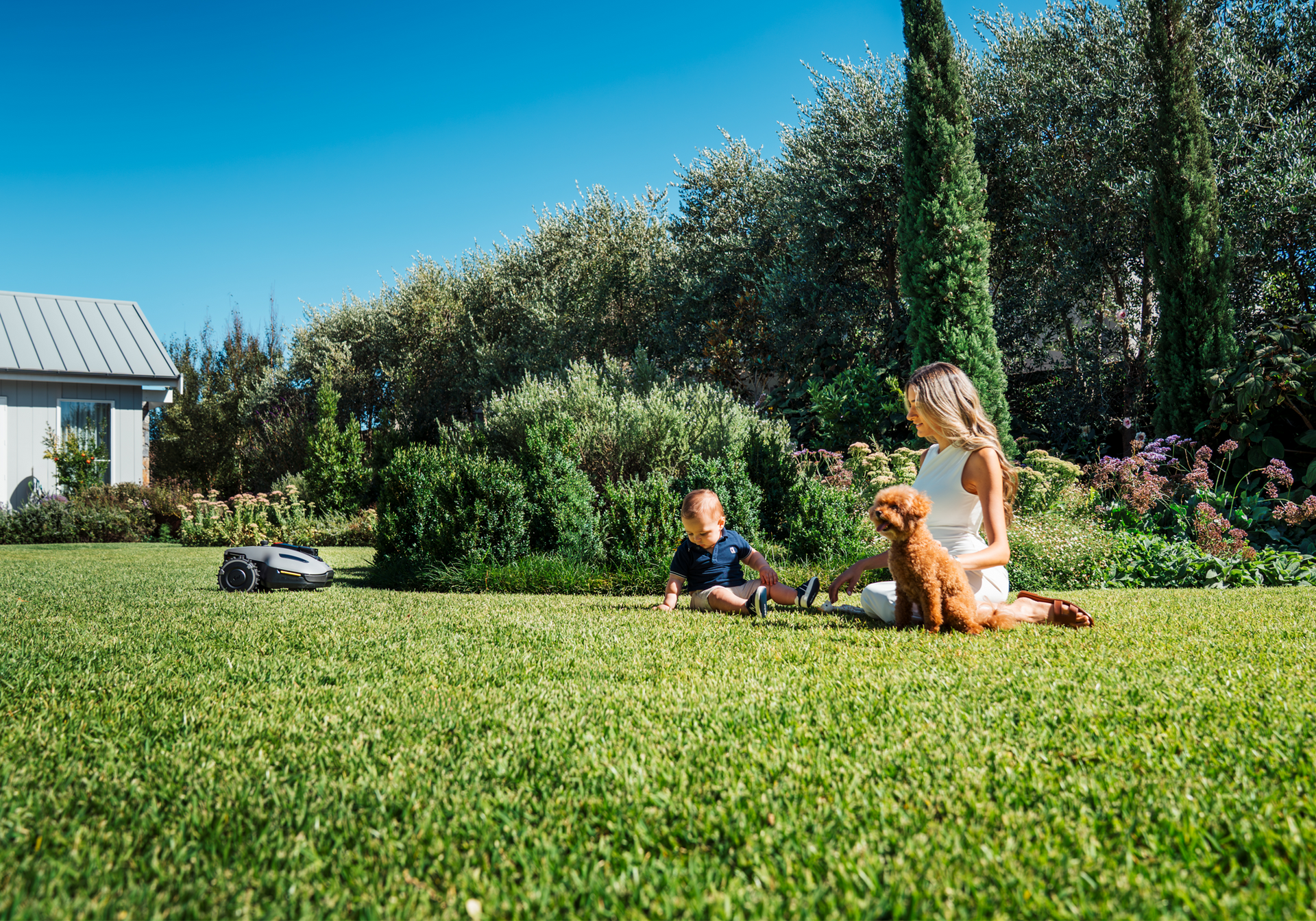Why is the positioning system the single hardest problem in robotic lawn mowers? A robot must know its exact location at all times to mow efficiently, avoid obstacles, and cover the entire lawn. Without precise positioning, even advanced robots can miss areas, collide with objects, or get stuck.
Early positioning systems of robotic mowers relied on boundary wires. While simple, they were labor-intensive to install and inflexible if the lawn changed. Later, the advent of RTK (Real-Time Kinematic) and LiDAR has enhanced positioning accuracy in large open areas, but still not enough.
The challenge is that no single method—or even a pair of them—can deliver consistent, gap-free performance across all real-world scenarios. Next, we will reveal the core technologies of the Tri-Fusion Positioning System.
Tri-Fusion Positioning System for Robotic Mowers Overview
The Mammotion Tri-Fusion system combines three types of sensors—LiDAR, RTK, and Vision—each with unique strengths and weaknesses. Understanding them individually shows why fusion is necessary.
LiDAR (Light Detection and Ranging):
- How it works: Emits laser beams to measure distances and create 3D maps of the environment.
- Strengths: High-precision mapping, excellent obstacle detection, real-time updates.
- Weaknesses: Performance drops in open fields with few reference points, highly reflective surfaces, or multi-level terrain.
RTK (Real-Time Kinematic Satellite Positioning):
- How it works: Enhances GPS signals with correction data for centimeter-level accuracy.
- Strengths: Ideal for large, open lawns with minimal obstacles.
- Weaknesses: Signals can be blocked by trees, buildings, or dense urban areas; less reliable in small, complex yards.
Vision (Cameras + AI)
- How it works: Uses cameras and AI to recognize objects like pets, toys, and landscape features.
- Strengths: Detects dynamic obstacles, adapts to complex patterns, and improves safety.
- Weaknesses: Less effective in low-light conditions or heavy shade; cannot measure distances as precisely as LiDAR.
|
Sensor |
How It Works |
Strengths |
Weaknesses |
Best Scenario |
|
LiDAR |
Emits laser beams to measure distances and create 3D maps |
High-precision mapping; real-time obstacle detection |
Struggles in open fields with few reference points, reflective surfaces, multi-level terrain |
Small-to-medium lawns with objects and structures |
|
RTK |
Enhances GPS signals with correction data for centimeter-level accuracy |
Excellent for large, open lawns; consistent satellite-based positioning |
Signal blocked by trees/buildings; less reliable in small, complex yards |
Large, open fields or farmland |
|
Vision |
Uses cameras + AI to recognize objects and features |
Detects dynamic obstacles; adapts to complex patterns; improves safety |
Less effective in low light or heavy shade; distance measurement less precise |
Complex yards with moving objects (pets, toys) |
Key Insight: Each sensor excels in certain environments but fails in others. Dual-sensor fusion improves performance but cannot fully solve all environmental challenges. This is why Mammotion developed the Tri-Fusion system, combining all three sensors for consistent, centimeter-level accuracy everywhere.
Why Dual-Sensor Fusion for Robotic Mower Isn’t Enough
Dual-sensor fusion (2.0), such as LiDAR + Vision or RTK + Vision, improved robotic mower navigation compared to wire-based systems. However, it still leaves gaps in performance under certain conditions.
- LiDAR + Vision: Typically recommended for lawns smaller than 1,500 square meters, it delivers outstanding stability even in areas with tree or building obstructions.
- RTK + Vision: Ideal for larger, open lawns with minimal obstacles, satellite signals ensure centimeter-level accuracy.
Conclusion: Dual-sensor fusion improves navigation but cannot guarantee centimeter-level precision across all lawn types and terrains. This situation is the key reason Mammotion Atlas Lab developed the Tri-Fusion system, which dynamically adapts to every scenario, eliminating the blind spots of earlier systems.
What Breakthrough Does the Tri-Fusion Positioning System Have
The Mammotion Tri-Fusion Positioning System is the world’s first navigation solution that integrates LiDAR, RTK, and Vision into one unified platform. Unlike dual-sensor systems, it automatically adapts to any environment, providing centimeter-level accuracy across all lawn types.

How Does the Tri-Fusion Positioning System Work
Dynamic Sensor Switching: The system continuously evaluates which sensor provides the most reliable data:
- LiDAR dominates in small-to-medium lawns with objects and structures.
- RTK takes over in large, open areas where LiDAR lacks reference points.
- Vision supports obstacle detection in complex, shaded, or dynamic environments.
Real-Time Mapping: 144-beam solid-state LiDAR generates up to 200,000 points per second, building high-density 3D maps instantly.
Intelligent Obstacle Avoidance: AI-powered Vision recognizes pets, toys, and other obstacles, while LiDAR measures exact distances for precise avoidance.
Performance Advantages of the Tri-Fusion Positioning System
- Accuracy: ±1cm across all conditions, from small gardens to vast fields.
- Reliability: Works under tree canopies, in shaded areas, and during low-light hours.
- Durability: World's first solid-state LiDAR delivers three times the durability and stability of spinning LiDAR used in competitors’ systems.
Key Insight: Tri-Fusion is not just an upgrade; it’s a new standard in robotic lawn mower navigation. By combining the strengths of three sensors, Mammotion eliminates the weaknesses that limited 1.0 and 2.0 systems, making truly intelligent, autonomous mowing possible anywhere.
What Tri-Fusion Means for the Robot Care Future
The Mammotion Tri-Fusion Positioning System elevates robotic lawn mowers to the next technological level. Centimeter-level accuracy, real-time obstacle avoidance, and adaptive navigation mean robotic mowers are no longer limited by terrain, lighting, or lawn size.
By setting the industry’s first 3.0 navigation standard, Mammotion is redefining what homeowners, landscapers, and garden professionals can expect from autonomous mowing. The system’s performance has been validated through global-first testing, ensuring reliability in diverse real-world conditions—from shaded suburban yards to open farmland.
Mammotion Atlas Lab’s innovation proves that robotic lawn care is moving beyond incremental improvements. Tri-Fusion is a major leap forward in the robotic mower industry, offering both convenience and safety.
Discover the future of lawn care today. Experience the precision, adaptability, and intelligence of the Tri-Fusion Positioning System at Mammotion’s official website.


